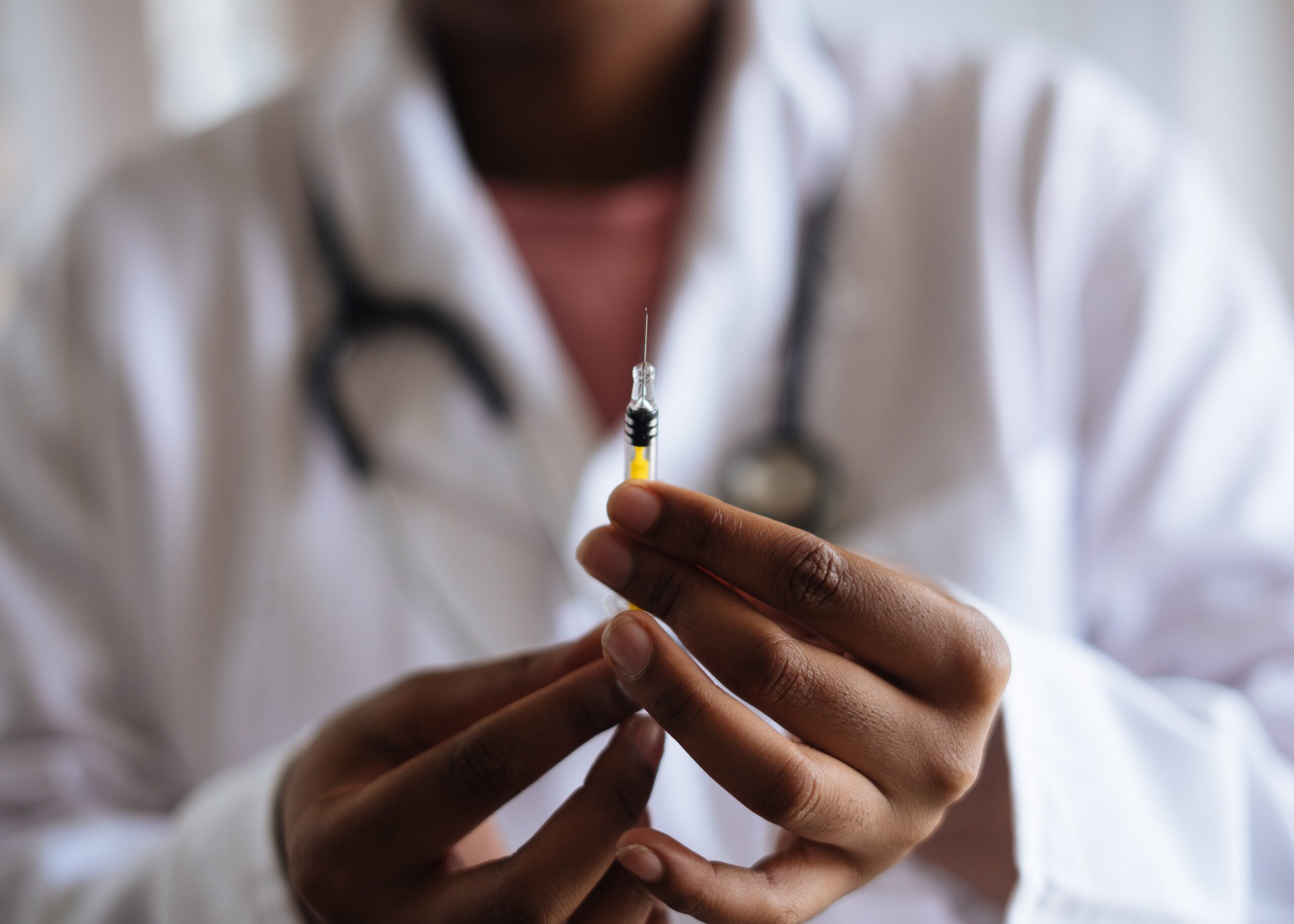A New Weapon in the Millennia-Old Fight Against Malaria
Buzz off.

News flash: malaria is still with us. News flash number two: maybe not for long. While we’ve all been fretting about a new pathogen that has upended the way we live, devastated countless lives, and dropped a bomb on the world economy for the past 24 months, scientists reported significant success combatting a disease that’s been doing all of the above for about 10,000 years.
Developed by British pharmaceutical giant GlaxoSmithKline, the appropriately named Mosquirix malaria vaccine recently completed a four-year pilot inoculation program in the African nations of Ghana, Kenya, and Malawi. Vaccine efficacy came in somewhere in the neighbourhood of 30–40 per cent—not great compared to other vaccines, but considering how desperate the fight against Plasmodium falciparum and its pathogenic cousins has been, more than good enough for some to dance in the streets.
Of all humanity’s ailments, malaria is one of the most ancient. The telltale enlarged spleens of malaria victims have been noted in Egyptian mummies; the texts of ancient China, Egypt, and India all mention it; the father of modern medicine, Hippocrates, wrote at length of its clinical features. Its impact has been devastating, claiming the lives of perhaps five per cent of all who have ever lived on the planet (including some 300 million in the 20th century alone). It has even altered our genetic code: conditions such as sickle cell disease and thalassemia are more properly understood as inherited mutations that first developed in Plasmodium-infested regions to offer a degree of natural resistance to the disease.
From an epidemiologist’s perspective, malaria is one of the most challenging protozoic puzzles. While several treatments exist for those who become infected, when it comes to creating a vaccine, there has been little to show for an effort that stretches back over 100 years. Blame the complexity of the disease: unlike a simple virus or bacteria, malaria is a parasite with more than 5,400 genes (for comparison, COVID-19 has a total of 12) and a complex, multistage life cycle. It is this talent for shapeshifting that allows Plasmodium to confound and evade our immune systems, and gives it the ability to infect and reinfect the same host again and again.
To half the world’s population (roughly the proportion who live in areas where malaria is endemic), the vaccine offers a pathway out of a long, shadow-filled valley. But even the other half will feel the impact. Conservative models from the World Health Organization estimate some 5.4 million cases and 23,000 lives saved every year—most of those children under five. The knock-on effect of fewer deaths, fewer hospitalizations, and less time away from work (for both the sick and their caregivers) could lead to an economic renaissance that might completely transform the poorest regions of the world.
With such high stakes, you may well wonder: what took so long? The peculiar complexity of malaria played an obvious part. But so did lack of funding, corruption, apathy, and if we’re being honest, good old-fashioned greed. You don’t need a PhD in finance to see the investment problem: sure, the addressable market for a malaria vaccine may well be half the world; unfortunately, it’s the half that lives on less than six dollars a day. So why rush? Perhaps this explains why the U.S. has poured over $9.3 billion into COVID-19 vaccine development in the past year, while the entire world spent only $7.3 billion on malaria vaccine research over the past decade.
But that is the past. Looking to the future, Mosquirix can rightfully be called a victory of science and a testament to human ingenuity, adaptation, and sheer resilience in the face of countless failures. But it is also a poignant counterpoint to that other disease we’re all dealing with right now. Already, the three countries that underwent the clinical trial showed strong uptake of the vaccine, with over 800,000 children inoculated in the pilot program alone, despite an inconvenient four-dose regimen. Meanwhile, many developed countries struggle to convince a growing chorus of vaccine refuseniks to take even a single jab against COVID-19. We may well wonder: what’s taking so long?




